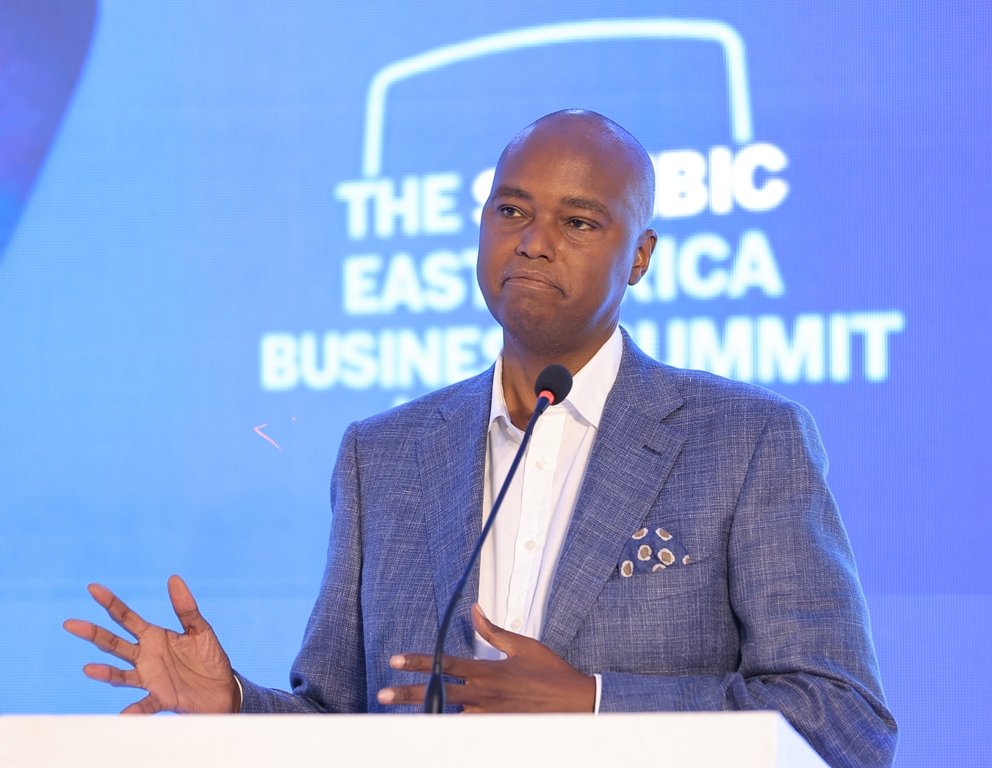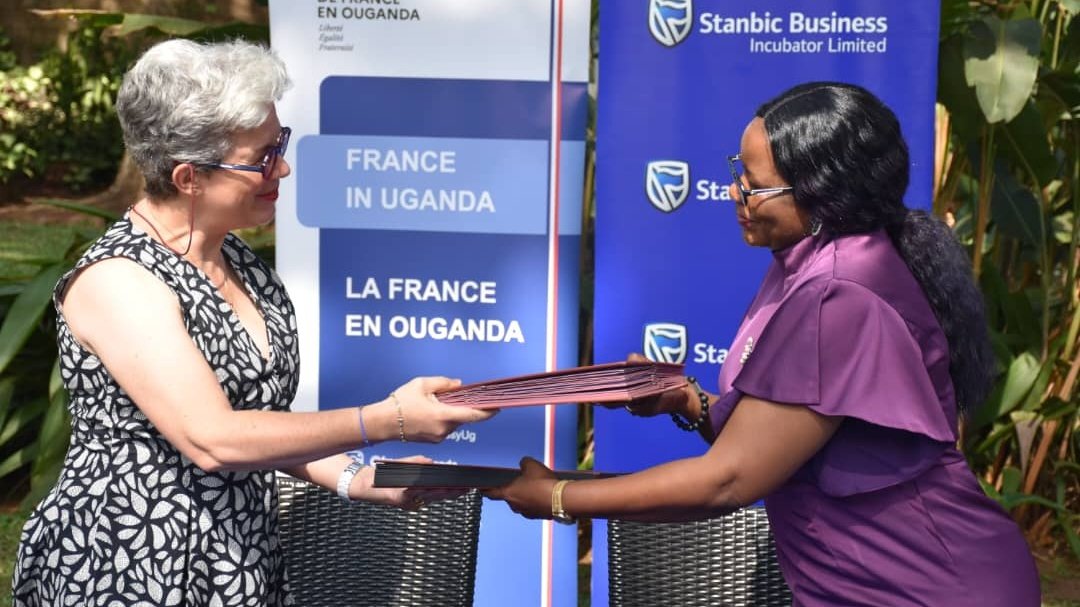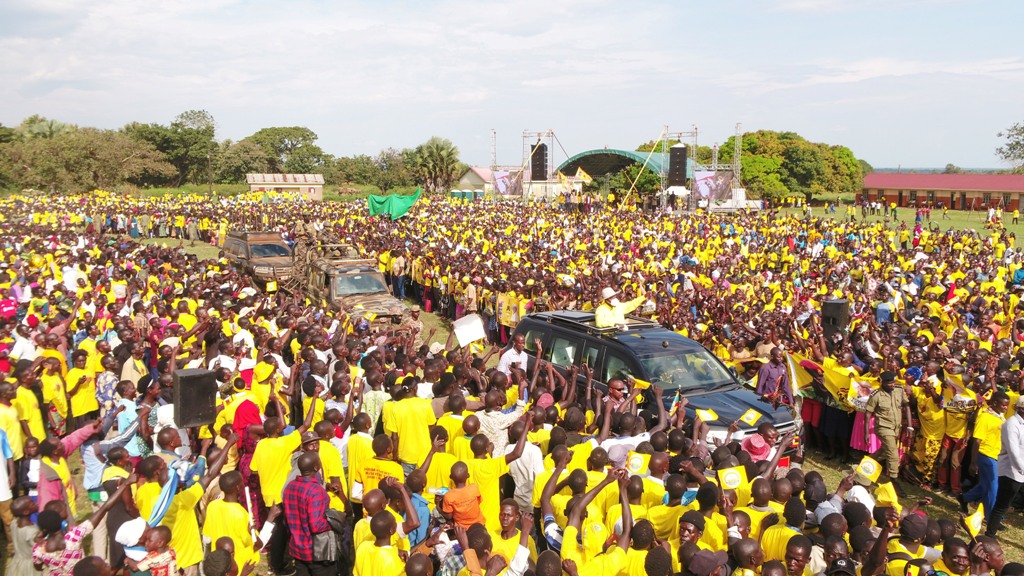How media literacy can fight misinformation in Uganda
Misinformation is defined as inaccurate or false information that is spread often unintentionally through various channels, such as social media, news outlets, or word of mouth.
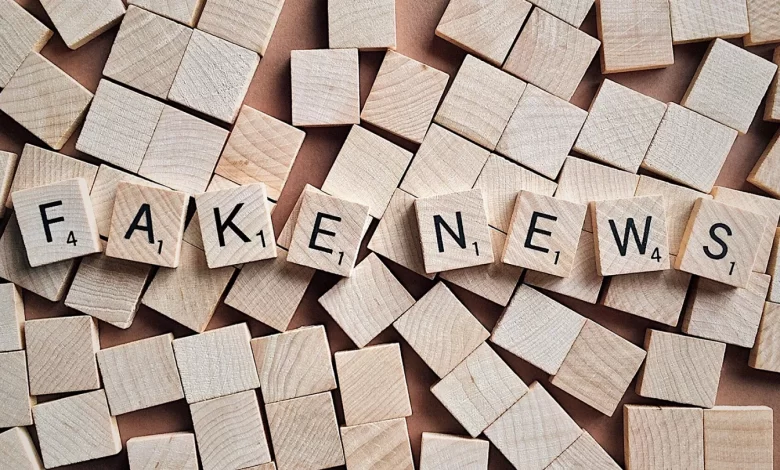
The media consumption landscape in Uganda is undergoing a radical transformation. With digital technologies and social media on the rise, traditional media outlets are adapting to stay relevant.
In recent years, Uganda has witnessed a surge in misinformation, particularly on social media platforms. News consumption is shifting online, with social media platforms becoming primary sources of news. False news stories, misleading headlines, and fabricated statistics have spread, creating confusion and undermining public trust in legitimate news sources.
Misinformation is defined as inaccurate or false information that is spread often unintentionally through various channels, such as social media, news outlets, or word of mouth. It can have serious consequences, especially in critical areas like healthcare, finance, or politics.
Zam Nakityo, a journalist shares her experience with misinformation online. “I encountered misinformation on WhatsApp about the Entebbe Express Highway pillar, which was claimed to have cracks. This fake news was widely spread and caused unnecessary panic,” she recalls.
She believes that social media platforms highly contribute to the spread of misinformation.
“Social media makes it easy for users to share content with their networks. People accept information that confirms their pre-existing beliefs and are less likely to scrutinize it critically,” she explains.
Reagan Kiyimba, a fact checker at Debunk Media initiative reveals that misinformation spreaders use various tactics where each applies to a certain event but the common ones are fake accounts opened to spread misinformation or propaganda which is done mostly during election periods.
“Another tactic could be impersonating where a person or a group of people pose as an individual or a company and they share false information,” he says.
Such instances highlight the urgent need for media literacy to help individuals distinguish between credible information and falsehoods.
Media literacy is a comprehensive form of literacy that encompasses the capacity to access and analyze media messages and create, reflect, and take action using the power of information and communication to effect change in the world.
According to Jonathan Tusubira, a media literacy expert and trainer, it involves skilling individuals to critically engage with media content, understand the role of media in society, and navigate the complex media environment effectively.
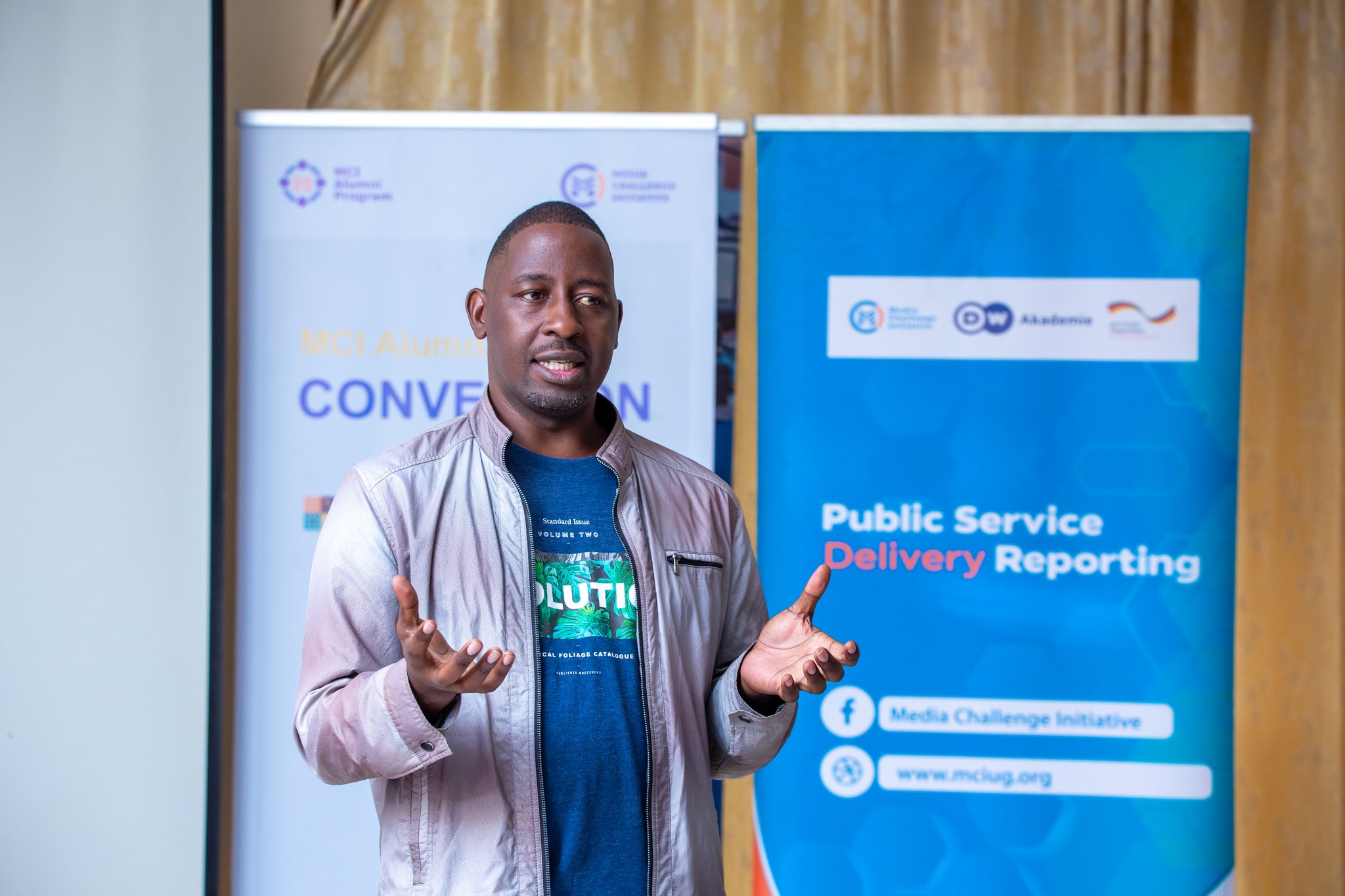
“In the context of Uganda’s media landscape, it is necessary to enhance the media’s capacity to access, analyze, evaluate, and produce media content using creative and affordable platforms that are accessible to citizens, particularly in grassroots communities where the majority of the population resides,” he explains.
In January 2024, there were 13.3 million internet users in Uganda, and in the same month, Uganda’s internet penetration rate stood at 27 percent of the total population at the beginning of this year (2024), according to the Ministry of ICT and National Guidance.
With the increase in internet penetration, more Ugandans are accessing information online. Tusibura says the digital divide, lack of digital literacy, and exposure to unverified information sources pose significant challenges.
Media plays a critical role in shaping political discourse and public opinion in Uganda. Media literacy, Tusibira states, helps citizens critically engage with political information, discern propaganda, and make informed decisions. This is particularly important for Uganda’s youth, who make up more than 70% of the total population, to participate in political discourse.
Tusubira emphasizes the importance of addressing the unique challenges and opportunities in promoting media literacy among different age groups. For teenagers, he notes, “Teenagers may lack the experience and maturity to critically evaluate media content. They often have substantial exposure to social media, where misinformation is prevalent. However, encouraging teenagers to innovate and originate media literacy projects in their local communities can empower them and make the learning process more relatable.”
For senior citizens, the challenges are different. “Senior citizens, especially those in rural areas, have less familiarity with digital technology, making it difficult for them to access or navigate online information sources. They tend to rely more on traditional media for information, which can sometimes be biased or incomplete,” Tusbira explains.
Practical tips for individuals to evaluate the credibility of their information sources include checking the author’s credentials, cross-referencing with reputable sources, and being wary of sensational headlines.
To counter all these, Kiyimba notes that individuals must not just believe what they see, they should verify all information they receive.
“If that requires technical support then they should reach out to fact-checkers like us through our Debunk Info Verifier app or directly inbox us what information they would want to clarify. I believe if everyone does this, the spread of false information would be stopped and the curators of such information would lose energy to create more,” says Kiyimba.
Tusubira says ensuring that media literacy materials and programs are available in local languages can increase accessibility and understanding while engaging community leaders and influencers in promoting media literacy can build trust and credibility within different age groups.
He believes that media organizations also play a crucial role in promoting media literacy and reducing misinformation.
“They have the responsibility to ensure their personnel undertake training in media literacy to acquaint themselves with how to navigate the current media landscape. Editors are in a position to enforce rigorous fact-checking processes to ensure that all information published or broadcast is accurate and reliable.”
He adds, “Furthermore, media organizations should promptly correct any errors or misinformation that may have been published and communicate clearly with the audience to maintain trust and credibility.
Tusbira also advises the government to integrate media literacy into the national education curriculum at all levels, from primary to tertiary education. “Government should allocate funding for media literacy programs and initiatives and collaborate with media organizations, educational institutions, and NGOs to develop and implement media literacy programs.”



